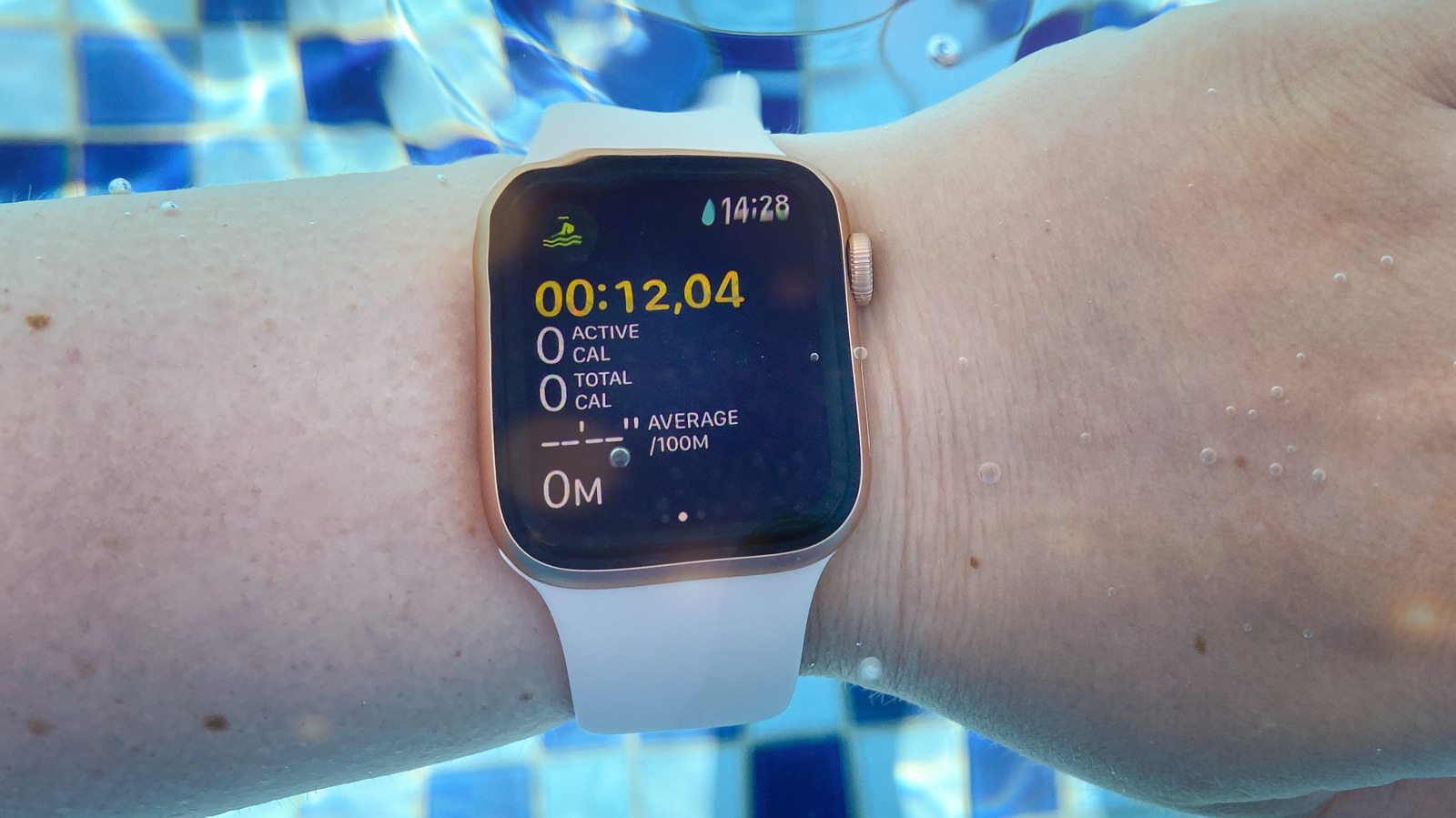Now Reading: Scientists Debate the ‘Wetness’ of Water
-
01
Scientists Debate the ‘Wetness’ of Water
Scientists Debate the ‘Wetness’ of Water
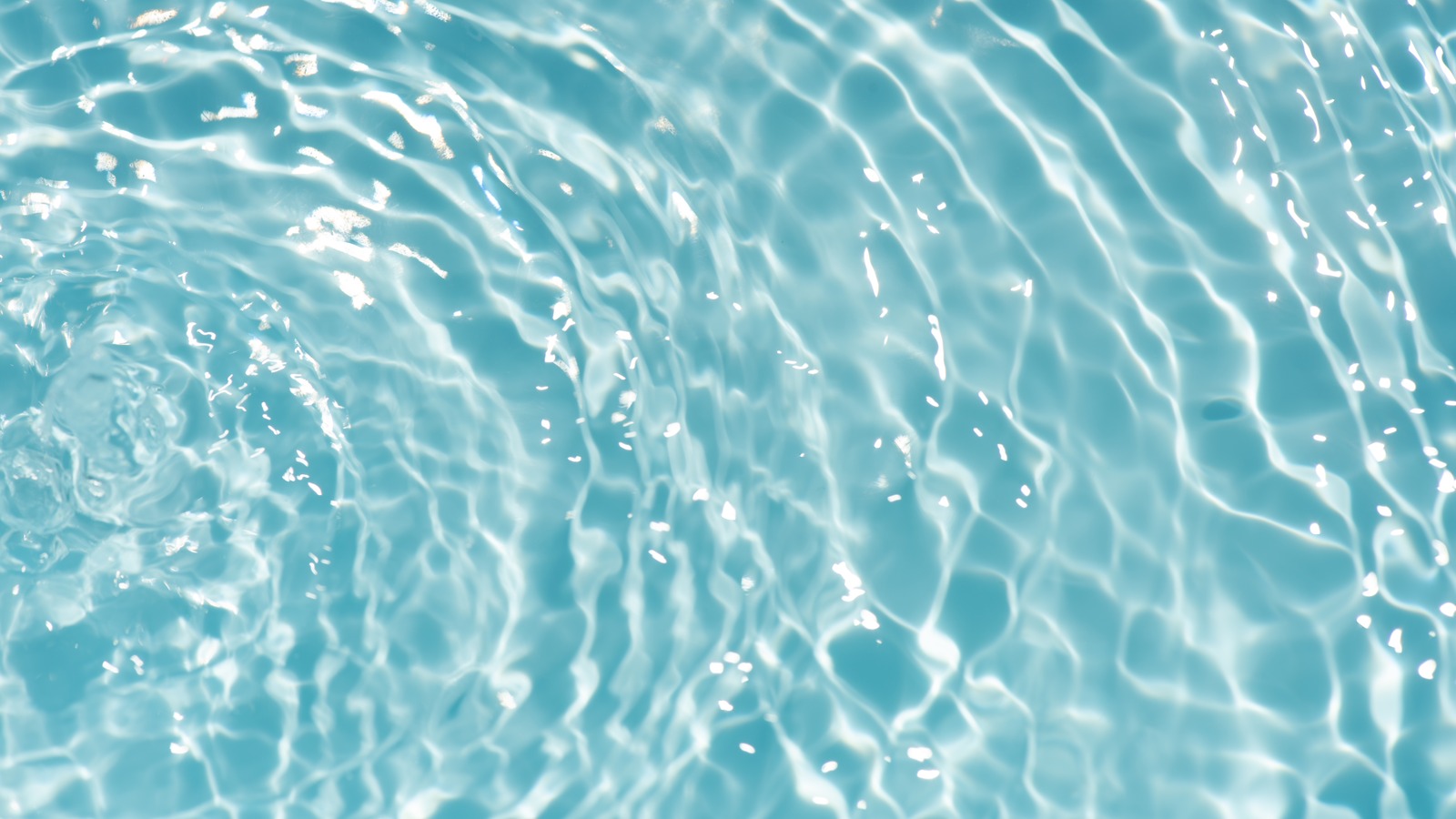
### Quick Summary:
– Scientists and philosophers continue to debate whether water itself is “wet” or if it simply makes othre surfaces wet.
– Scientific definitions suggest wetness occurs when a liquid adheres to a solid surface, making that surface wet, but water can’t be inherently wet since it doesn’t adhere to itself.- Philosophical perspectives vary, with some defining water as wet based on common usage and others arguing that being wet involves being covered by a liquid-something water cannot do to itself.- Water’s cohesive nature allows its molecules to stick together via hydrogen bonds, forming droplets and maintaining surface tension.
– Adhesion occurs when water molecules bind to other surfaces; stronger adhesive forces lead to spreading (wetting), while weaker adhesion results in repelling (droplets).
– The “contact angle” defines how much a material becomes wet-a low angle (<90 degrees) results in spreading (wetting), while high angles (>90 degrees) indicate hydrophobic properties.
– Advanced nanotechnology has enabled the creation of superhydrophobic materials with contact angles above 150 degrees that repel almost all water.
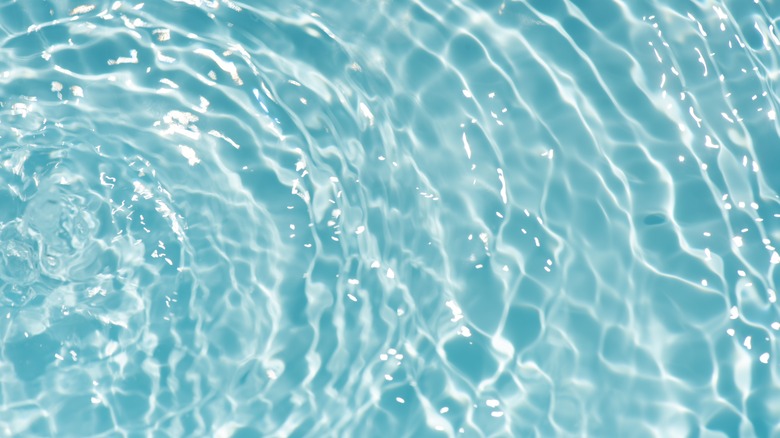
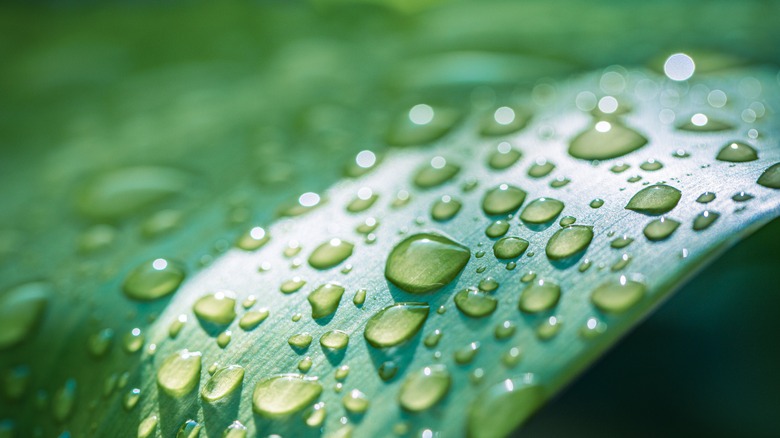
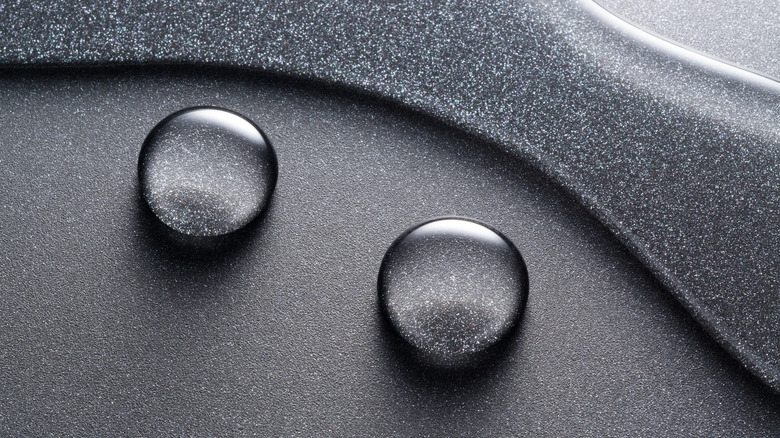
### Indian Opinion Analysis:
The ongoing debate surrounding whether water is inherently “wet” serves as an captivating intersection between science and beliefs. from India’s viewpoint, this discussion has broader implications for scientific curiosity, practical innovation, and education efforts. For instance, understanding cohesion and adhesion in liquids could bolster advancements in fields such as nanotechnology or material sciences-a sector where India shows growing interest through initiatives like precision manufacturing.
India’s tropical climate also emphasizes practical applications of superhydrophobic materials-for example, innovations in clothing or infrastructure resistant to moisture can improve durability during monsoon seasons. promoting debates such as these could inspire greater critical thinking among science students across india based on foundational principles of physics and chemistry.
This discussion reflects India’s possibility not merely at learning scientific phenomena but applying them pragmatically for ecological resilience or economic productivity through technology adoption.
[Read More](https://www.bgr.com/1944021/scientific-reason-water-isnt-wet/)




















